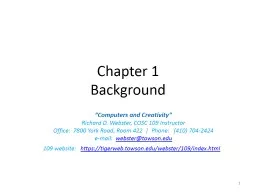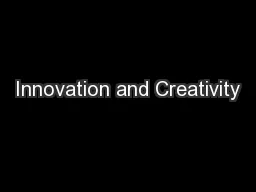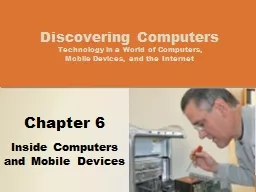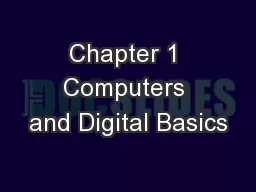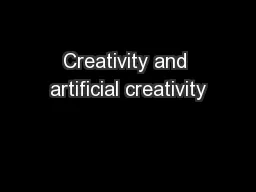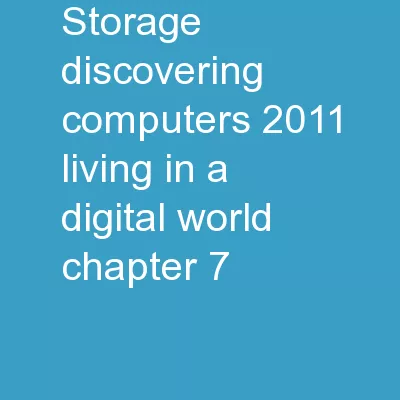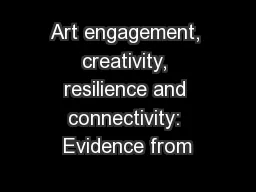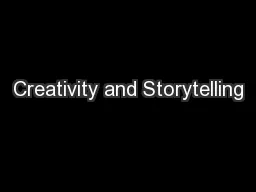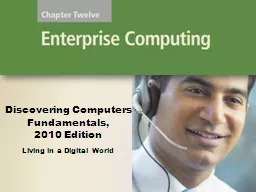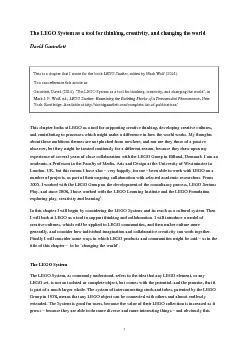PPT-Chapter 1 Background “Computers and Creativity”
Author : stefany-barnette | Published Date : 2018-11-10
Richard D Webster COSC 109 Instructor Office 7800 York Road Room 422 Phone 410 7042424 email webstertowsonedu 109 website https tigerwebtowsoneduwebster109indexhtml
Presentation Embed Code
Download Presentation
Download Presentation The PPT/PDF document "Chapter 1 Background “Computers and Cr..." is the property of its rightful owner. Permission is granted to download and print the materials on this website for personal, non-commercial use only, and to display it on your personal computer provided you do not modify the materials and that you retain all copyright notices contained in the materials. By downloading content from our website, you accept the terms of this agreement.
Chapter 1 Background “Computers and Creativity”: Transcript
Download Rules Of Document
"Chapter 1 Background “Computers and Creativity”"The content belongs to its owner. You may download and print it for personal use, without modification, and keep all copyright notices. By downloading, you agree to these terms.
Related Documents

